Vision Scotland : Better vision for life
Lacrimal disorders
Vision Scotland | Better vision for life
Lacrimal disorders
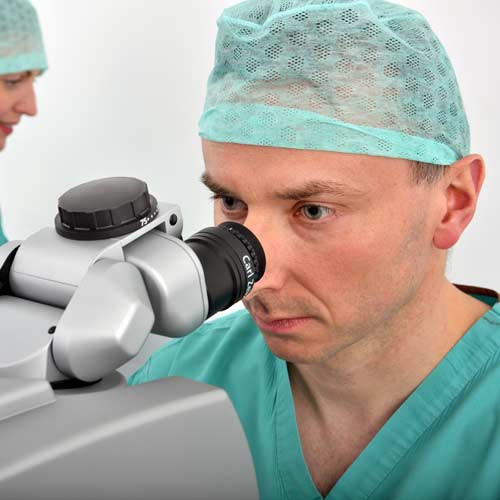
Lacrimal system
Dry eye
Dry eye is caused due to a fault in the lacrimal system (which manages the production of tears and tear drainage). A disruption to the structures that control tear production and drainage will lead to acute or chronic discomfort of the eye.
Tears function to provide the surface of the eye with a protective, watery film. If this diminishes, the delicate tissues of the eye will become dry. The eye can still make tears, in fact many patients complain of wet eyes and tearing with this condition.
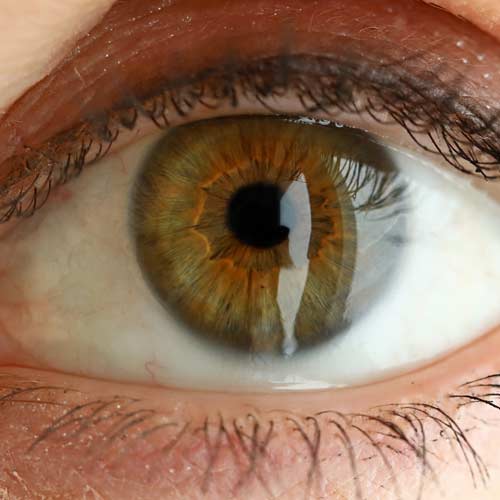
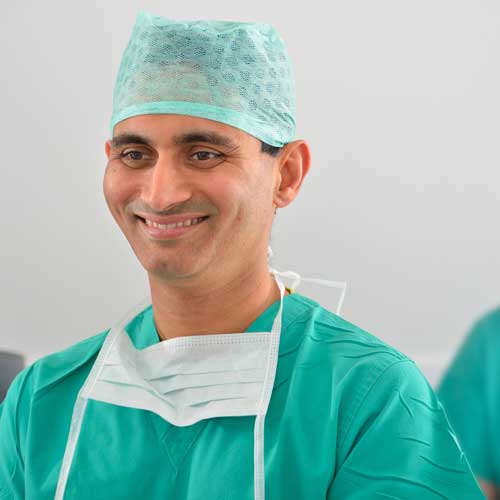
Wet eye
‘Wet eye’ occurs for similar reasons to dry eye – where a blockage in the lacrimal drainage system prevents tears from draining effectively. Without appropriate drainage, tears accumulate on the lower eyelid. This leads to a continual overflow of tears from the eye giving the appearance of constant crying.
The eye also becomes more prone to infection because access the nose is also blocked. The result is a buildup of mucous. Infections caused by ‘wet eye’ are usually treated with antibiotics but for treatment of the root cause, surgery to clear obstructed duct is usually required.
Chalazion
A chalazion is a firm round lump, or cyst on the inside of the upper or lower eyelid. This is usually caused by a chronic inflammation or blockage in the Meibomian gland. The Meibomian gland produces an oily film over tears to prevent them from evaporating, therefore keeping the eye moist. When a blockage occurs, a small sac of fluid forms.
This can grow to the size of a pea. Due to its location, it can be mistaken for a stye. Chalazions can cause discomfort, swelling, tenderness and inflammation of the eyelid. If large, chalazions can also affect vision. A chalazion will sometimes get better on its own and unless infected they are completely harmless.
However, if it is large, uncomfortable, affects your vision or doesn’t respond to other treatments, your ophthalmologist may suggest a surgical procedure to remove it.
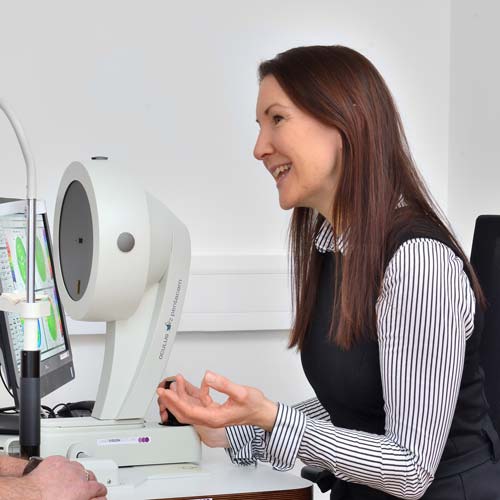
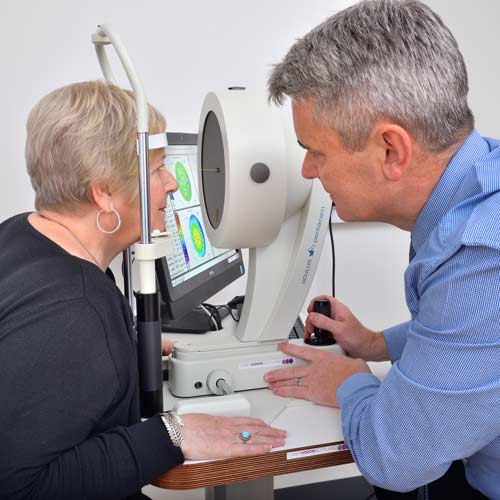
Chalazion patient journey
Most chalazia disappear without medical intervention. In some cases, oral medicines can help prevent recurrences. If a chalazion persists, a simple surgical procedure can be performed to remove it.
The patient will usually be able to return home after a short day-case procedure in which you will be given local anaesthetic before the chalazion is drained from the inside of the lid.
Scarring is minimal and healing is rapid and painless. Often the eye is patched overnight to ensure proper healing.